Overview
Darwin is in the tropical north of Australia and is the closest Australian capital city to Asia.
Students heading to the Flinders University Doctor of Medicine program have the option to study in and around the rural and remote areas of Darwin. Flinders delivers the Northern Territory Medical Program (NTMP), Paramedicine, and postgraduate Remote Health Practice courses, providing student placements and workforce capacity support throughout the Northern Territory.
Surrounded by stunning national parks, crystal-clear water, and the gateway to the iconic red outback, Darwin is a haven for nature lovers. The city is relaxed and welcoming, with bustling weekend markets, incredible food options, and endless sunsets on the beach. Plus, as one of Australia’s most affordable capitals, it’s the perfect place for students looking to enjoy life beyond the books.
The Larrakia people are the Traditional Owners and Custodians of the Darwin Region.
Fast Facts
- Darwin is a tropical capital city of the Northern Territory. It has warm weather and high humidity.
- THE geographical area of Australia’s Northern Territory which includes Darwin, Kakadu National Park, Arnhem Land, and the Katherine region is called “The Top End.”
- Public water bubblers (drinking fountains) can be found across Darwin in parks, playgrounds, main roads, and at points of interest. Check out the water bubbler map!
Weather Forecast
Darwin has two seasons: wet and dry.
The wet season (November – April)
Sunny days, high humidity, and monsoonal rains and storms. January is the wettest month.
Temperature: 24.7 – 32°C
Humidity: 80% and above
The dry season (May – October)
Warm, dry sunny days and cool (17 – 23°C), crisp nights until July.
Daytime temperature: 21.6– 31.8°C
Humidity: around 60% – 65%
Summer clothing is worn year-round, with a light sweater or jacket in air-conditioned spaces.
Getting Around Darwin
Buses (air-conditioned!) are the main mode of public transport in Darwin.
There’s also a ton of cycling and walking paths (with great views of the coast!) and access to e-scooters and e-bikes. All bike paths and footpaths are shared paths for pedestrians and cyclists, with pedestrians having the right of way.
Plan your journey with Getting Around Darwin.
What to See and Do in Darwin
Thanks to its beautiful sunsets and incredible landscapes, tourism is also a critical part of Darwin’s economy.
Darwin attracts travellers from all around the globe looking to experience its outdoor tropical lifestyle. With waterfront dining and world-class cafés and restaurants, street food, markets, crocodile adventures, rich historical experiences, public art, an interactive science trail and access to some of Australia’s most iconic locations such as Kakadu National Park, Nitmiluk National Park, and the Tiwi Islands, there’s more than enough to do during a short break or longer.
Visit City of Darwin for more info!
People to Follow
If you’re like us, you might enjoy those gorgeous travel blogs, interesting podcasts, and social media influencers who test things out to let you know if they’re worth the money.
Here are a few people to follow:
Bucket List
- Crocosaurus Cove – You can find the Northern Territory’s famous saltwater crocodiles, or “salties” as the locals like to call them.
- The Tree of Knowledge – An ancient banyan tree can be found out the front of the Civic Centre.
- Stokes Hill Wharf – Go on a harbour cruise, enjoy year-round fishing, see amazing sunsets over Darwin Harbour. There’s free live entertainment at the wharf on Wednesdays and Sundays during April to September.
- Litchfield National Park – “Litchy” is south of Darwin and includes cascading waterfalls such as Tolmer Falls, Wangi Falls and Florence Falls, crystal-clear swimming holes like Buley Rockhole, and intriguing magnetic termite mounds.
- Kakadu National Park – Located 240 km east (1.5 hours driving) of Darwin, Kakadu covers 20,000 square km and is one of the largest national parks in Australia.
- Darwin Markets – Darwin’s famous markets.
- The Ghan Expedition – Travel between Darwin and Adelaide through Australia’s spectacular Red Centre.
- Armhem Land – One of the Top End’s most spectacular natural destinations. You will need a permit from the Northern Land Council to visit Arnhem Land.

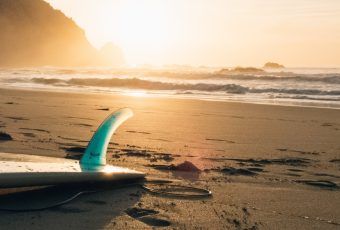

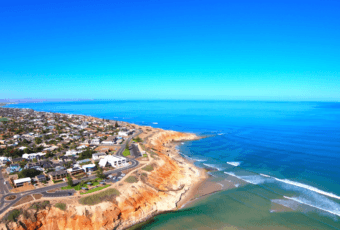
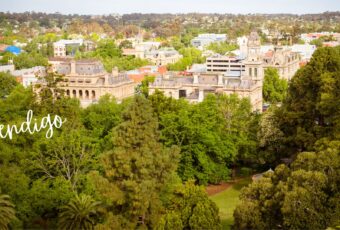
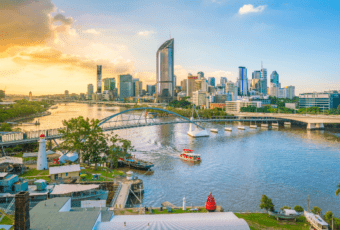

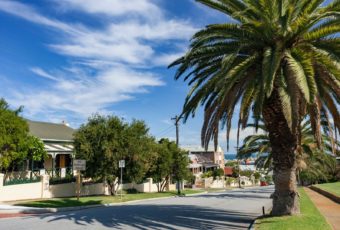

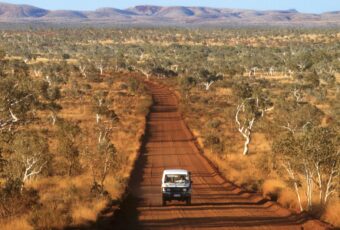
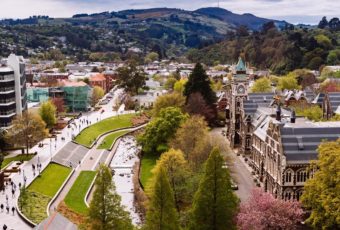

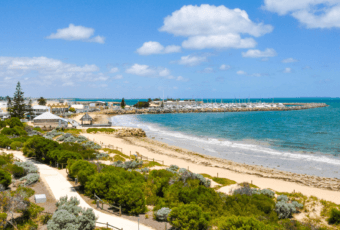
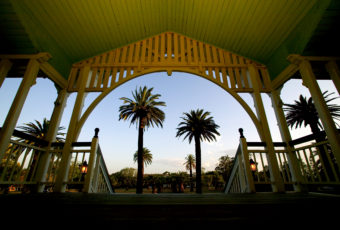
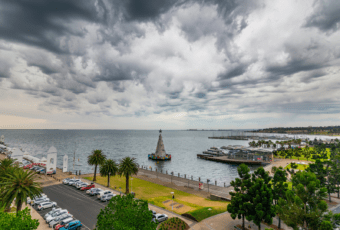
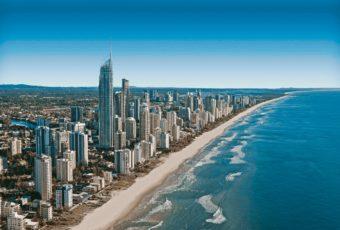
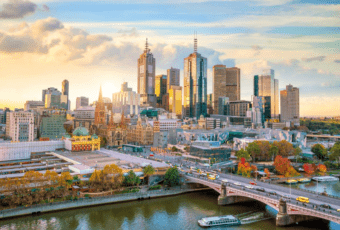

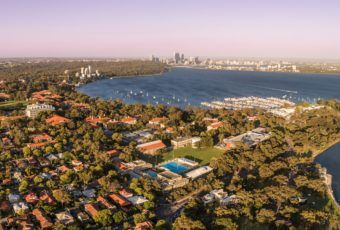
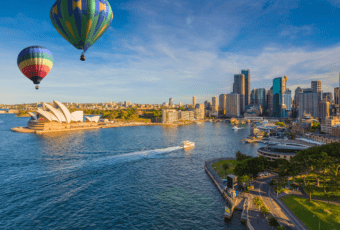





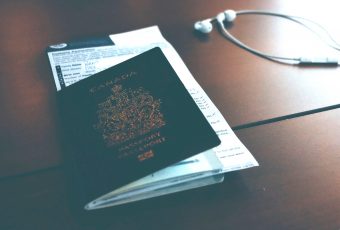







Ask A Question
Ask us about your program of interest, or if you have a question about our services.
CONTACT US TODAY